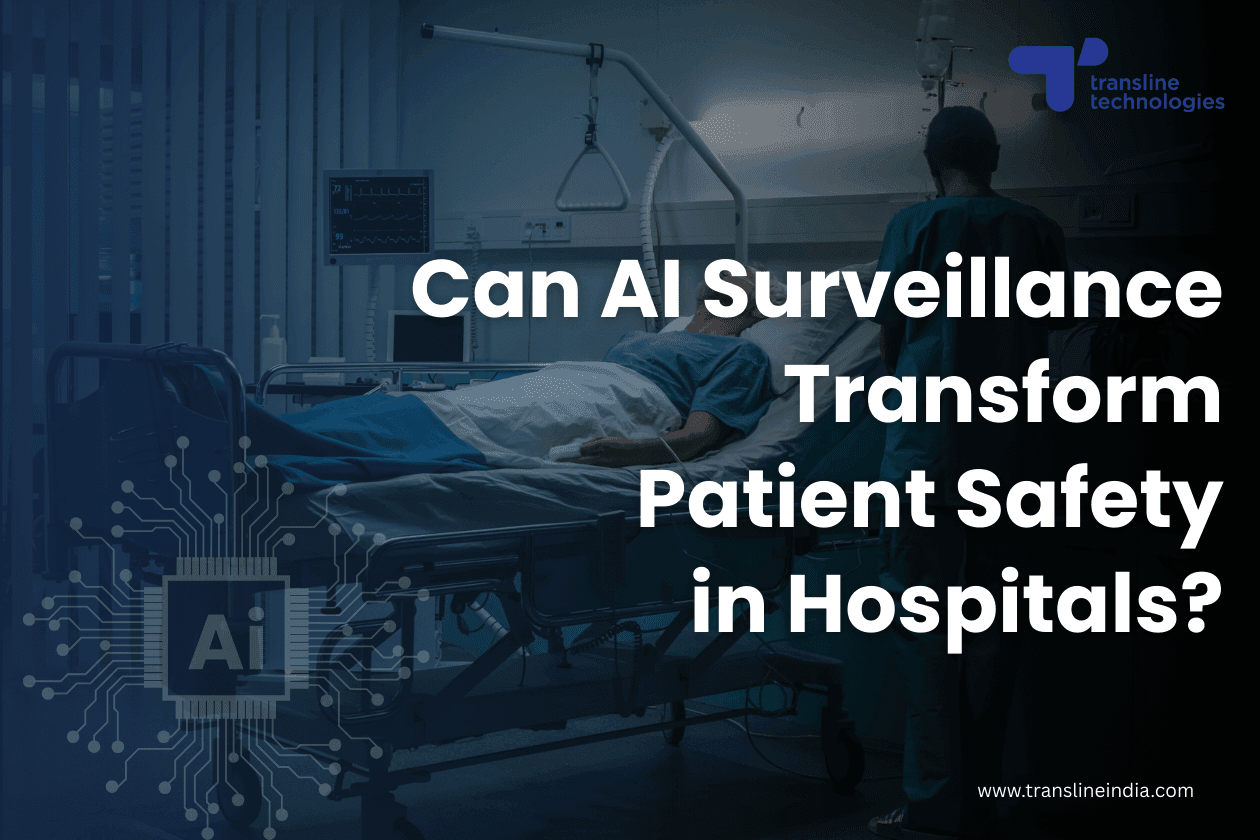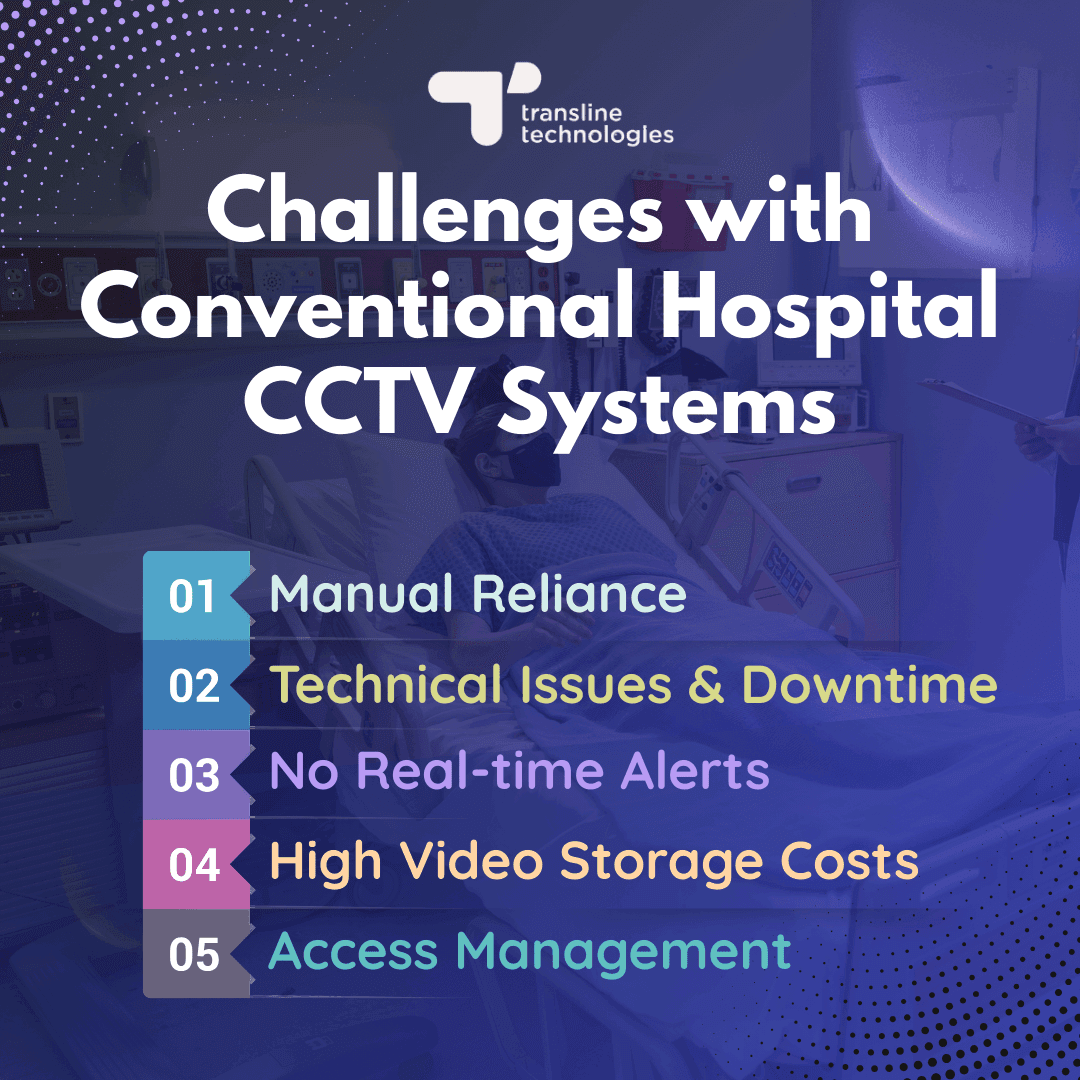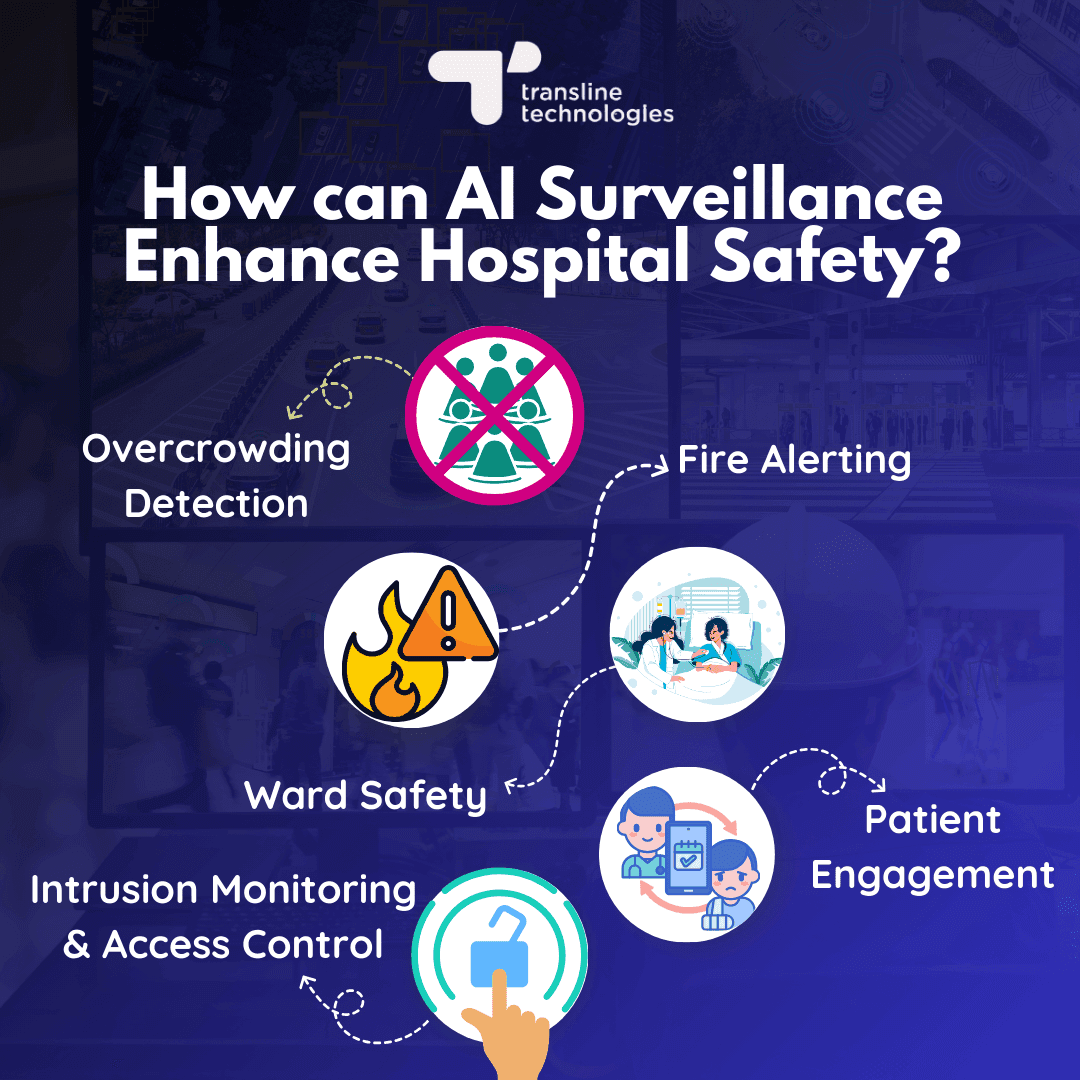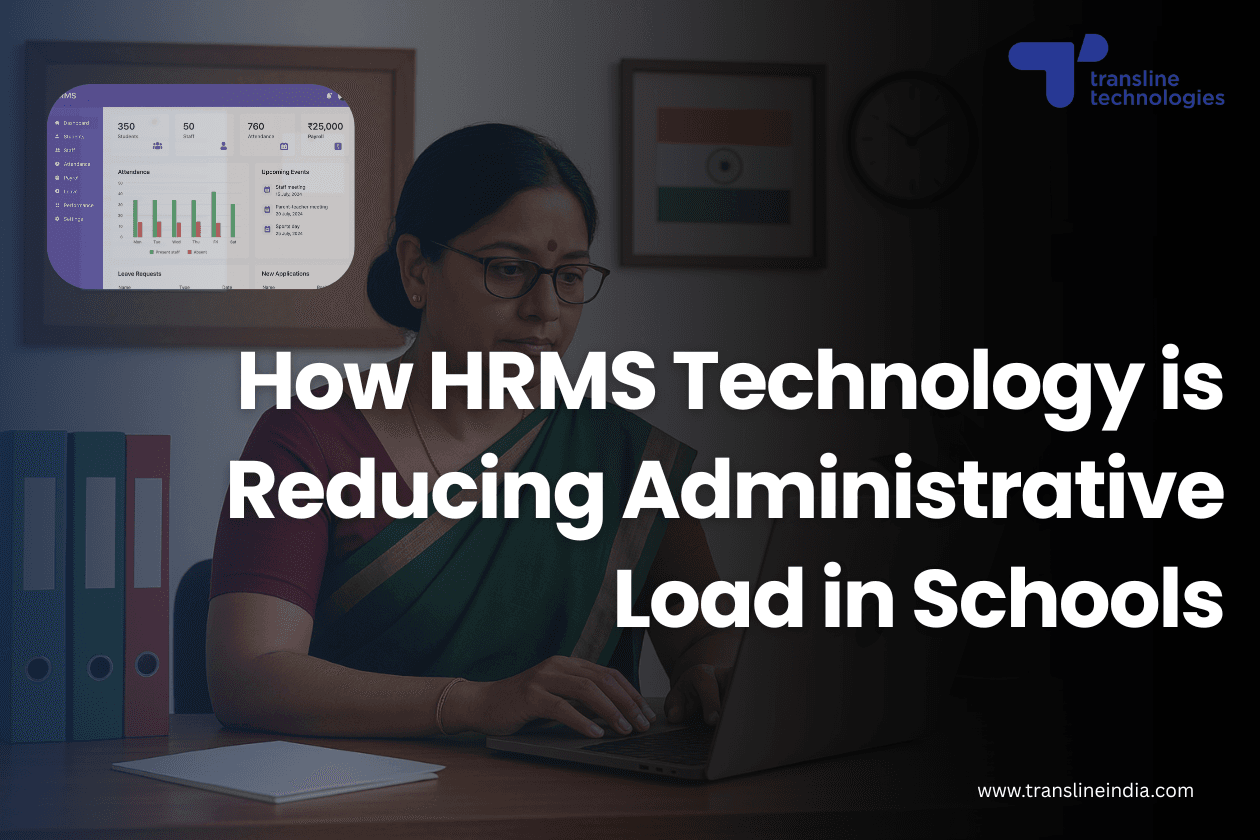
The healthcare industry is globally evolving very fast to an outcome-driven model, where patient safety and overall patient experience is becoming a key differentiator in the business models of private hospitals and clinics. Focus on cost, operational efficiency, remote monitoring and patient engagement are redefining the way hospitals operate, and digital transformation lies at the core of this evolution.
Why is Patient Safety Crucial for Hospitals and Healthcare Facilities?
As the global healthcare ecosystem evolves and embraces digitalisation, Patient Safety has become a crucial aspect of concern for Hospital and Healthcare Facility operators across the world. Traditional security mechanisms, which have been fairly effective in ensuring safety within the healthcare facility premises, have often failed to address security concerns related to hospital staff, doctors and patients’ attendants. Hence, it is imperative that these security systems need to be revamped, and new technologies such as AI, IoT and advanced analytics must be integrated into patient safety systems.
The World Health Organisation advocates for Patient Safety not just a solitary activity, but as a framework of preventive and proactive interventions for a holistic approach to healthcare. And upgradation of hospital CCTV systems is an essential part of this framework.
Challenges with Conventional Hospital CCTV Systems
Hospital CCTV systems have become increasingly popular in the Indian markets for the last two decades, and while they have been effective to some extent in turning hospital and healthcare facilities into safer zones, these CCTV systems still face multiple challenges. We shall discuss some of the common challenges with conventional hospital CCTV surveillance cameras.
Manual Reliance
The CCTV control room in traditional hospital surveillance systems has to be manned 24x7 to manually monitor security threats. This may lead to missing out on significant security risk events and delayed response due to human fatigue, errors, too many screens etc.
Technical Issues and Downtime
Most conventional CCTV systems in hospitals suffer from frequent downtimes and can even be hacked. Moreover, interference from rain, insects etc can go unnoticed, till the footage is manually analysed.
No Real-time Detection and Alerts
Conventional hospital CCTV systems can only record and store footages, but cannot proactively detect security risks or raise alerts. Hence, their effectiveness is often questioned.

Video Data Storage and Retrieval
Traditional hospital CCTV cameras do not utilise advanced storage compression techniques, and hence huge volumes of video footage data are generated every day. The consequent storage costs of such CCTV data strains the operational budgets of these hospital facilities.
Access Management
Most hospitals rely on conventional card or fingerprint based access management, which is subject to identity spoofing and other limitations. Moreover, creating and maintaining entry access for patients and their attendants is a burdensome task for the hospital administration.
These challenges underscore the need for Smart Hospital Surveillance and Patient Safety infrastructure, powered by AI and advanced analytics.
How can AI Surveillance Enhance Hospital Safety?
AI Surveillance in hospitals helps improve hospital and healthcare facility safety by adopting a variety of features, each aimed at mitigating one or many of the risks mentioned above. Let us look at these applications in brief.
Overcrowding Detection
AI hospital surveillance cameras use real time data from CCTV camera video feeds to monitor the count of humans present in a defined area. The AI healthcare security model can be trained to exclude hospital staff and doctors from the count of humans present, by using certain identification tags such as an ID card or a stethoscope. Accordingly, it can trigger an alert to the hospital security staff or reception staff to redirect patients to less crowded counters or take suitable action if a threat of vandalism is detected.
Fire Alerting
While traditional smoke detectors based fire alarms are installed in most hospitals, these often miss early cues and raise alerts only when the fire has already spread to a significant extent. AI surveillance systems can however detect even faint cues and trigger early warnings. These AI patient safety systems analyse CCTV video feed to identify early indications of sparks, short circuits, smoke, flames etc. Thus the application of artificial intelligence in healthcare can improve hospital safety significantly.
Intrusion Monitoring and Access Control
AI hospital CCTV solutions enable prohibited persons’ entry detection and proactive alerting. Unlike traditional fingerprint, card or QR based biometric systems, AI healthcare security systems analyse the video feeds from hospital CCTV cameras using facial recognition algorithms to detect attempts of intrusion and unauthorised entry. Attempts of tailgating by trespassers are also proactively thwarted by AI patient safety systems.
Ward Safety
AI hospital CCTV systems reinforce ward safety in multiple ways:
- Authenticating entry access of doctors and nurses only using facial recognition
- Monitoring entry and exit times of visitors and attendants of patients
- Detecting attempt by any patient to hurt other patients
- Raising alerts in case of abnormal patient behaviour (sudden vomiting, bed-ridden patient trying to get up etc).
- Raising alerts in case some male patient attempts to enter a ward restricted for female patients.
Attendant Footfall Analysis & Patient Engagement
AI hospital CCTV systems use facial recognition and advanced video analytics to generate accurate footfall analysis of patients’ attendants and staff, including doctors and nurses. This data can be aggregated at a daily, weekly and monthly level to unlock actionable insights such as:
- When is the ward least staffed?
- When do most visitors come to meet patients?
- When should the administration deploy more persons at the reception desk?
- What is the average delay in serving lunch to patients?
Such metrics help the hospital management work more diligently in achieving the overall patient safety goals, while also elevating the patients’ hospital experience.

Network Health Monitoring
AI powered network health monitoring solutions, such as CheckCam+, ensure minimal downtime for hospital CCTV systems, and maintain accurate failure logs for future reference. This ensures 24x7 patient safety in hospitals.
Advanced Storage Compression
Since CCTV camera video storage is a major expense for hospitals, it is important to leverage advanced video compression technologies to minimise data storage costs. CAMSTORE is one such storage compression solution, which works with the existing hospital CCTV cameras, while minimising storage costs by up to 90%.
AI-powered Vitals Tracking and Patient Monitoring
AI hospital surveillance models can be trained using live data to identify any abnormalities in patients’ vitals. Once integrated with cardiac monitors, hemodialysis machines and other health monitoring equipment, AI healthcare cameras can reliably enhance patient safety goals.
Benefits of AI Video Analytics and AI CCTV Surveillance
AI Hospital CCTV Surveillance systems, when clubbed with AI Video Analytics solutions, can work wonders on the patient safety front. Here are some of the benefits of these solutions leveraging artificial intelligence in healthcare:
Precision & Accuracy
AI patient safety solutions offer very high levels of precision and accuracy, and their benefits are visible even on the health worker safety front. While some bias may creep into the model during the initial training phase, eventually as more and more data are fed and accordingly the model is recalibrated, these biases are removed.
Proactive Alerts
Unlike traditional patient safety solutions, AI hospital safety systems can trigger real-time alerts and hence proactively monitor hospital security and health worker safety. Alerts can be set at specific thresholds, or even can be customised to regular data updates at specific times of the day or week.
Easy Integration and Scalability
AI patient safety systems usually do not require separate CCTV infrastructure to be installed. Such AI healthcare softwares can be readily integrated with existing CCTV cameras, with minimal configuration changes, and can be deployed one device at a time, thereby ensuring scalability.
Cost Savings
AI surveillance systems help save costs, both in terms of headcount reduction (as manual monitoring is no longer required) and cutting down on storage costs (by employing advanced video compression techniques). Further cost savings are realised in terms of avoiding fire accidents, property damages due vandalism, claims of negligence raised by patients etc.
Mapping the Way Ahead with AI Surveillance for Healthcare
With the ever-increasing popularity of AI in healthcare, it is time for hospitals and healthcare facilities in India to keep up with the global trends. It is recommended to start implementing AI surveillance solutions on a pilot phase with some of the sections of the facility, say the reception and OPD sections, and then gradually deploy across the entire facility in phases.
At Transline Technologies, we understand the concerns regarding deployment of AI surveillance and AI patient security systems in healthcare facilities, and hence our Solutions Team works closely with the Admin teams of hospitals and clinics to navigate the complexities in a seamless and transparent manner.
Connect with Us today to start leveraging the power of AI surveillance to not just meet, but exceed your patient safety goals.



